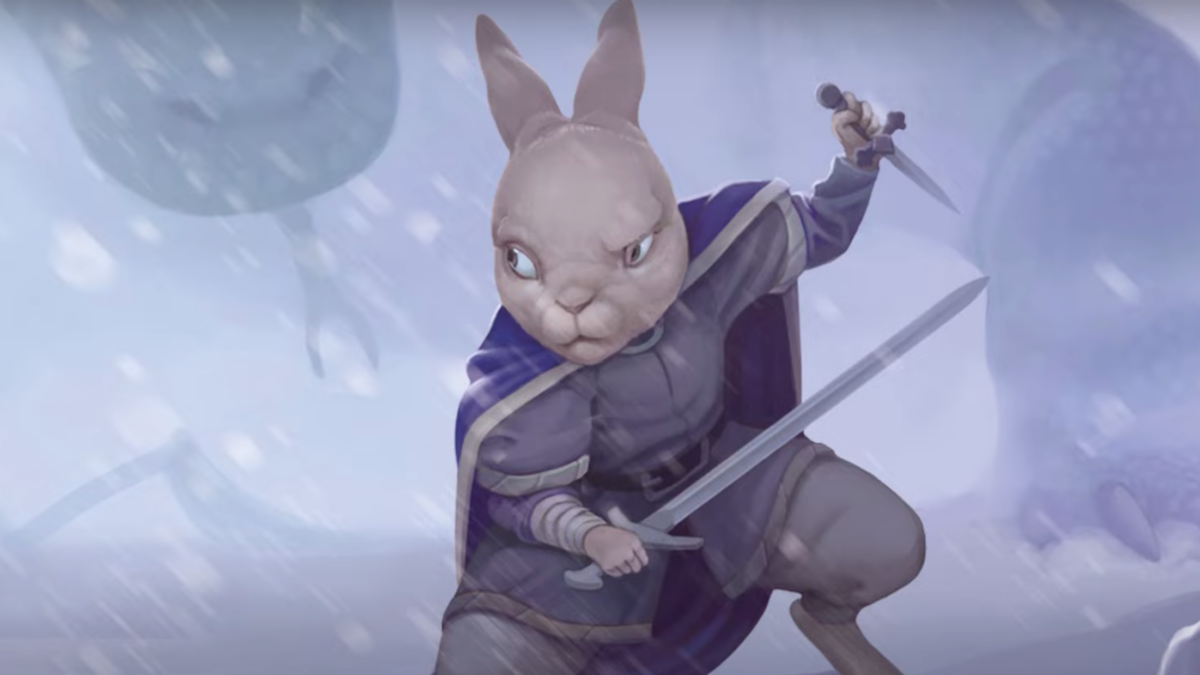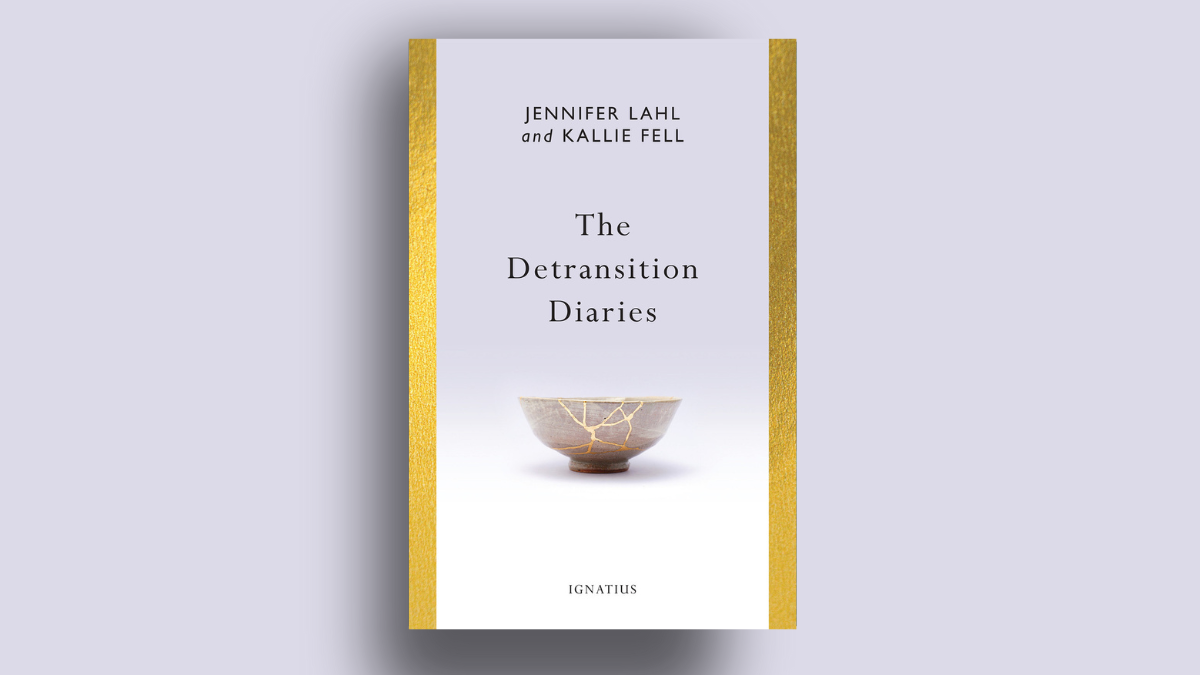Wolves ravage the woods, birds of prey prowl the skies, and dragons hatch in hidden caves. In S.D. Smith’s fearful and dark world, the heir to the bunny throne holds a light for his hunted race, as they forge a heroic course to freedom.
This sets the tone for the “Green Ember” series and related tales; light and laughter, determination and hope, and a goodness that ultimately overcomes the darkness of centuries of evil.
A devout Christian, Smith is unapologetic in his heroes’ morality. The weak and seemingly defenseless bunnies are abundantly complex, characterized by intelligence, wisdom, agility and their communities unite in the defense of a definitive truth; a truth worth dying for, even in the face of destruction, betrayal and overwhelming odds.
In the latest release in the series, “Prince Lander and the Dragon War,” it is this goodness, this willingness to forgive and offer mercy to the enemy that provokes the enemy most. The dragon king scoffs at this, “For your enemy even? You are so weak that you have pity on this criminal traitor who kills your beloveds?…This is why you cannot overcome. Every ruler has obstacles placed by fate and enemies in the path. He must crush them each in turn…You are doomed unless you come to our side and drink our cup.” But the bunny King and his followers will not drink, and it is this determination for goodness that ends in an ultimate reward.
Archetypal and reminiscent, a survival story as ancient as time itself, S.D. Smith’s dystopian world of hero bunnies and their enemies is well worth sinking into this summer. Smith sat down for an interview about his books, his faith, and the importance of storytelling.
The “Green Ember” stories are called “classic,” and “vintage.” How do you breathe new life into “old” tales and why did this become important to you as a writer?
These are new stories with an old soul. A friend described them as holding classic virtues that feel old-fashioned and like museum pieces—trapped in amber—because they are so strongly associated with the past in classic literature. But these books have modern pacing and are out “in the wild,” so families are having a kind of Jurassic Park-like experience. Something they thought belonged only to the past is rampaging through their imaginations and it’s exhilarating. In an age that is often grotesquely inhospitable to children, they feel almost transgressive. I’ve been delighted to find so many other families who share my own family’s love for these kinds of stories.
Why write for children and young adults? Why do they need these modern classics- archetypal stories of good, evil, morality and survival- now more than ever?
We don’t understand the world without stories. The best stories don’t subtract truth, they add meaning. This is why the Bible is so full of stories. Kids need stories of moral imagination because they form what we love and who we become in a way few other things do. C. S. Lewis described the imagination as “the organ of meaning.” We need good stories because our imagination will feast on the food we give it, and there are so many hungry souls out there starving for Truth, Beauty, and Goodness—starving for meaning.
I think kids today need what we’ve always needed, but I do feel like the offerings in our culture are often predatory and perverse, instead of generous and hospitable, to kids. If you love kids, you hate that. And you have a choice. You can get angrier and more frustrated about how bad the darkness is, or you can stand up and help spread the light. These stories aim at that noble goal.
Virtues and morality are intrinsic to plot and character development in the books, and yet there is not an active religious element. As a person of faith, why did you decide to weave in custom and tradition as the baseline for morality, versus religious structures?
I followed Tolkien’s lead. I am a devout Christian, and, like his tales, these stories will “ring your bells” if you are, too. But they are not an evangelistic tool or an allegory. I’m trying to simply be faithful in this vocation, to be the best storyteller I can be. My goal is always to delight and inspire, in love and service to my readers. And, because the first audience was and is my kids in my home, I don’t have to do any pretending. (Other than, of course, the actual pretending which is my job as a writer of fiction.) The cool thing is I have simply found more and more kids I’m blessed to serve in this way. It’s a sweet gig.
There is pervasive death in this series, and particularly in this latest tale. The main characters are reminiscent of an honorable people fighting for the survival of their kind. Do you draw on specific historical times/peoples to underpin the conflict of the novels?
I love history and read a lot. But my stories aren’t rooted in any particular historical narrative. I hope they feel in touch with what people have struggled for and against over time. I hope it feels authentic to reality, in a geopolitical way, and inside the hearts of the characters.
These stories are dangerous. With a nod to the great C. S. Lewis, these books aren’t safe, but they are good. I don’t revel in violence or death, and I think the stories are appropriate for kids. But I hope they are honest about the cost of defying evil, and allow children to vicariously experience some hard things. There are lots of stories that pat kids on the head, lie to them, and tell them there’s no such things as monsters. But we must not tell lies. There is evil in the world, and they will encounter it very quickly. They don’t have to look far to find the darkness, and they need examples of heroic souls fighting for the light. I think these stories help children become dangerous to the darkness.
In “Prince Lander and the Dragon War,” you write “survival is not the ultimate aim.” In a culture that aligns value with living as long as possible, no matter the cost, why is this a message worth repeating?
Death is the last enemy, but one that is being defeated, like all the other baddies. The noble characters in my stories know that if something is worth living for, it is worth dying for. They are willing to lay down their lives to serve their community and cause. Jesus said there’s no greater love than to lay down your life for a friend, and sacrificial love is one of the primary virtues at the heart of these stories. And they are about living for more than ourselves. As a main “Green Ember” character, Heather, says when faced with harrowing days: “I don’t know how I’m going to die, but I know how I’m going to live!”
The “Green Ember” series comes to a definitive end, but you continue to write offshoot stories of the characters who lived before. Was this always part of your creative plan? Are there a finite number of books planned for the series?
I love breadcrumbs in stories, side-doors that may lead to new adventures that surprise and delight. The “Green Ember” world is, in most ways, only beginning to be explored. New stories are in the works and more are planned. Like the Star Wars or Marvel universes, there are stories possible in every direction: past, present, and future. It’s always frustrating for kids to fall in love with a book series and then learn the adventures are over. I hope to give them lots to experience and I am excited about what’s next!






